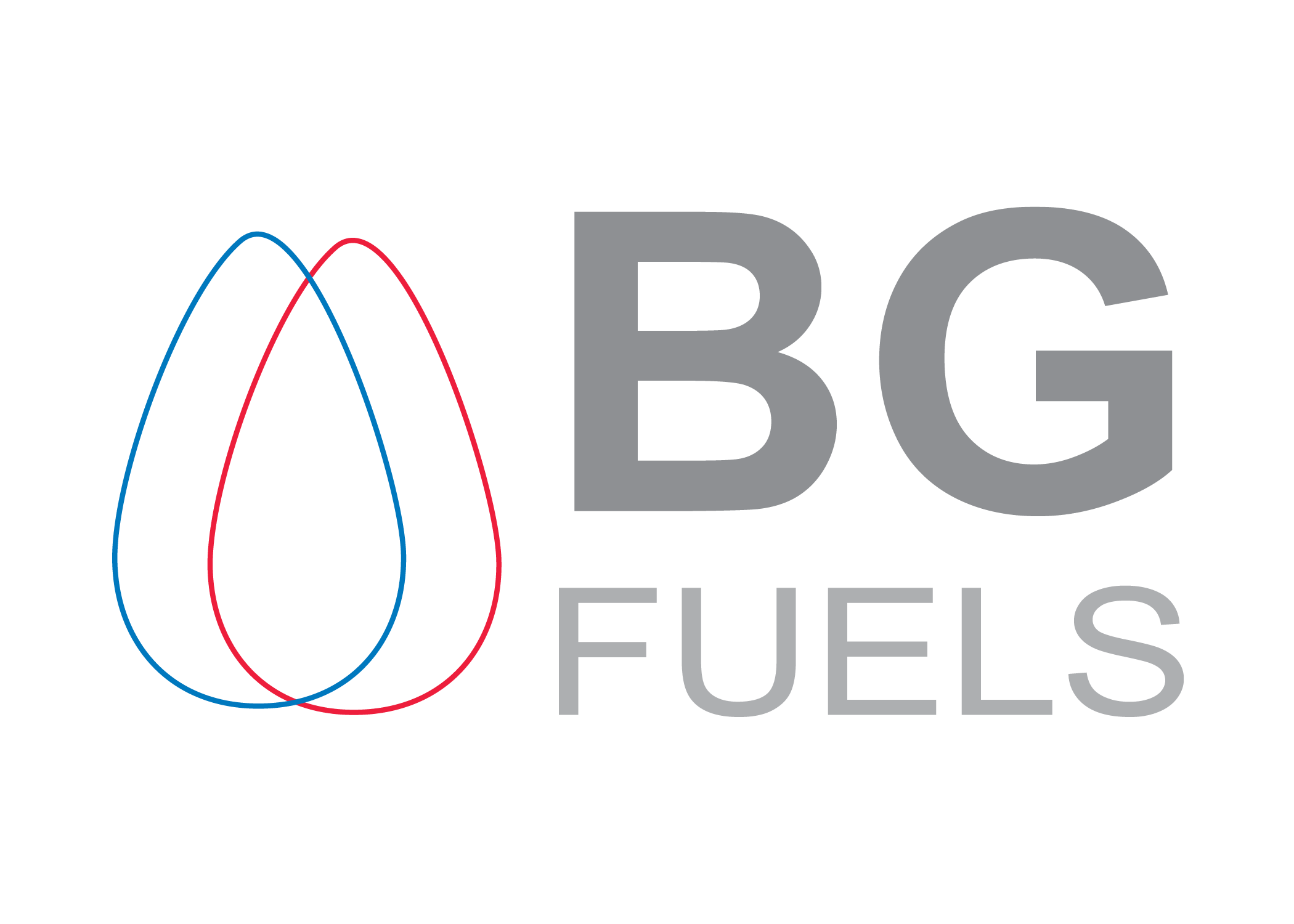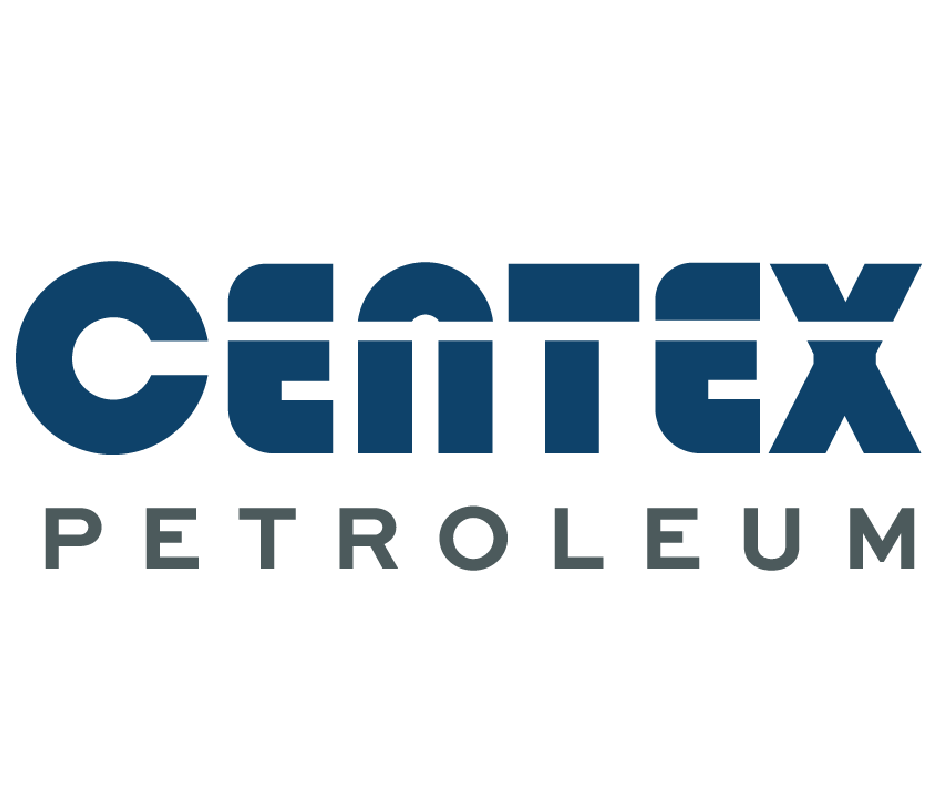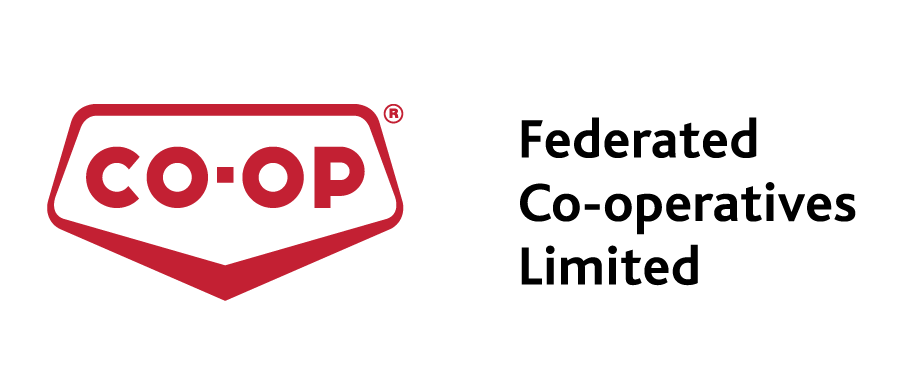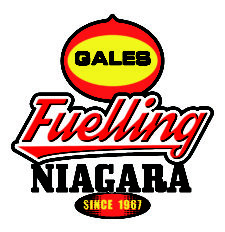Making the case for a carbon tax over cap and trade
October 13, 2017
Last month, Nova Scotia became the third Canadian province to table legislation to implement a cap and trade program, following in the footsteps of Quebec and Ontario whose programs have been in effect since 2013 and 2017, respectively.
The federal government’s carbon-pricing plan sparked this move, as it requires all provinces to set a minimum price on carbon emissions of $10 per tonne by 2018, rising to $50 a tonne by 2022. The most popular carbon pricing options to date have been the carbon tax and the cap and trade program. Any province that fails to have a program in place that meets the minimum price by 2018 will have a carbon tax imposed on them by the feds.
So, when it comes down to it, what is the option for carbon pricing?

Without question – it’s the carbon tax.
Cap and trade is a complicated system. The government first sets a limit on the amount of emissions the entire fuel industry can burn. It then issues permits to companies indicating how much carbon that company can burn. If a company wants to burn more than its share of carbon, it must buy – through an auction – extra permits from other companies that have burned less.
For consumers, the cost of cap and trade is unclear as there is no set “price” for the program. For industry, the program is very costly to implement as it requires significant up-front investment for companies to participate in an auction. Cap and trade also carries a high risk of corruption as there have been many reported incidents related to the program, including a $1.4 billion carbon trading scam in Italy.
The carbon tax, however, is easy to implement and very transparent for consumers. It is simply a set tax amount that is applied to the use or purchase of fuels. This means consumers know exactly where their money is going and businesses do not require any up-front capital to cover the tax. The carbon tax also directly engages Canadians – the end consumer – to make a real change in their habits to ultimately help fight climate change.
Take British Columbia, for example. It was the first province to introduce a carbon tax in 2008. Since then, it has reaped significant environmental and economic benefits. When the tax was originally introduced, it was designed to be ‘revenue neutral’ and any revenue generated by the carbon tax went straight back to British Columbians through reduced income tax and rebates for low-income earners. As a result, British Columbians now pay some of the lowest income taxes in the country while enjoying a strong economy. From 2007 to 2014, the province has seen a 5.5 per cent decrease in emissions, despite an 8.1 per cent increase in population.
In an effort to help curb greenhouse gases, governments must choose an option that is effective, easy to implement, and transparent for Canadians. When you stack up these two programs side by side, the carbon tax reigns as the ideal choice for carbon pricing in Canada.





















